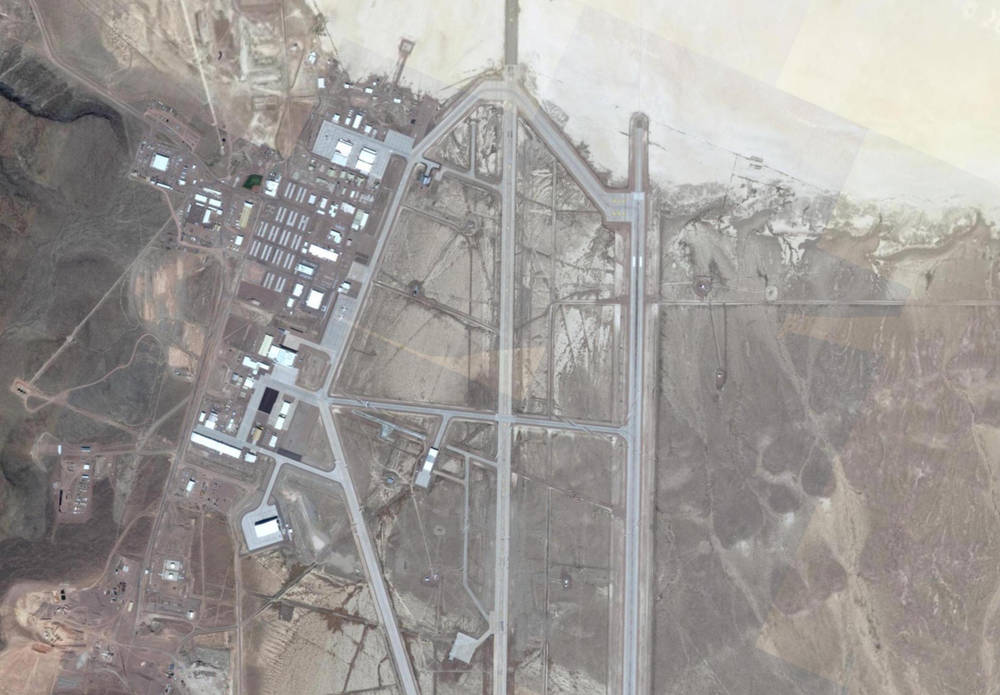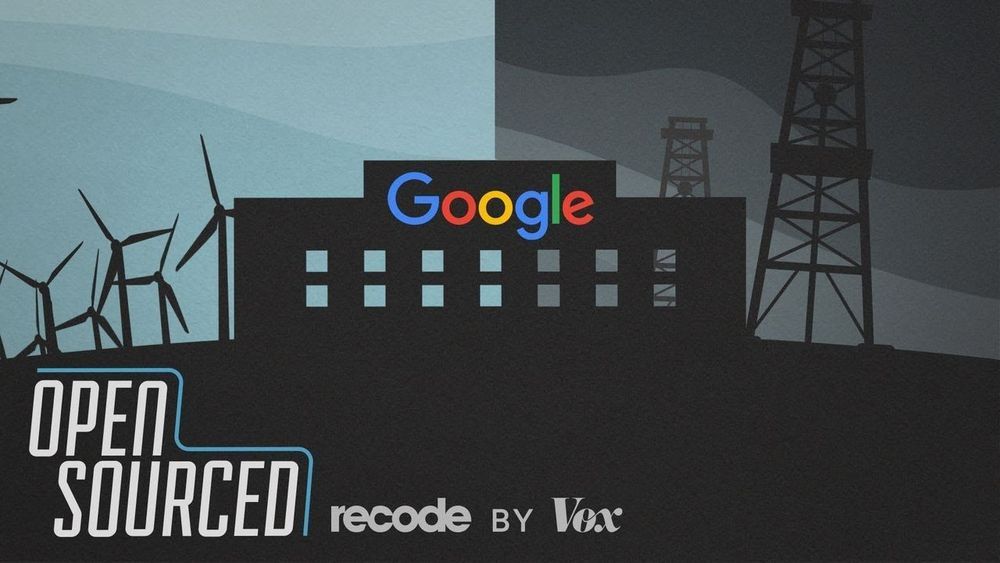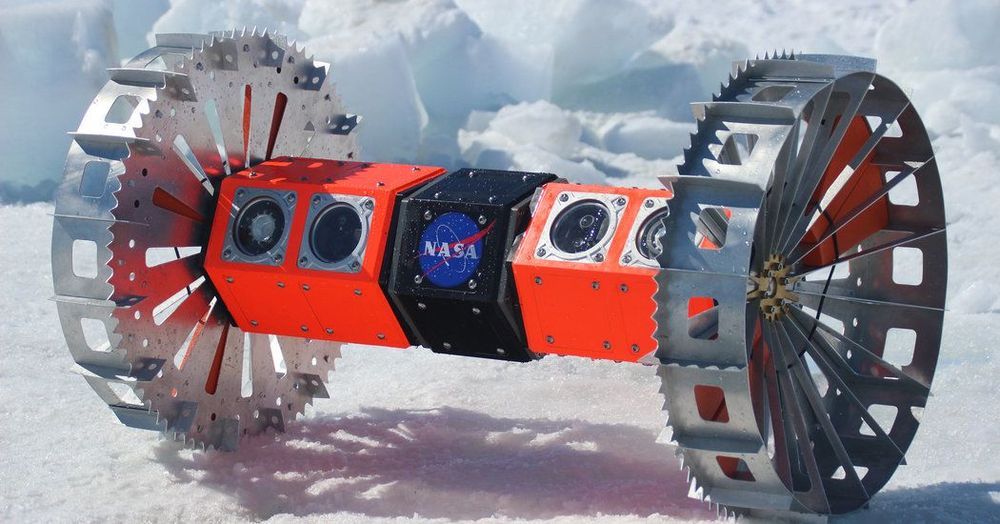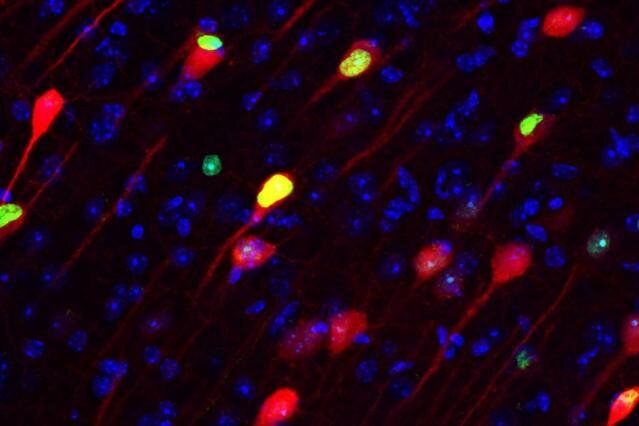The company sees robots as life companions in what it calls the Age of Experience.



What are new practice areas that solo, small, and medium firms should prepare for in their 5 to 10-year plans for the future?
In the search for the next wave of growth, future-focused law firms are learning to embrace the futurist perspective as they evaluate the opportunities arising from cutting-edge technologies such as artificial intelligence (AI). These technologies will enable new organizational structures, services, and business models in the business horizon. Here are three new practice areas that firms might want to prepare for in the coming few years.
1. Evidence and liability issues from autonomous machine “testimony”
A growing array of “smart” objects are enveloping our homes, workplaces, and communities and the volume of legally admissible data from these devices is likely grow at an exponential rate over the next decade. Firms need to start building expertise around the admissibility and verifiability of the data collected. For example, the design trend for voice-activated technology is driving a rash of seemingly sentient technology in the form of digital assistants, smart appliances, and personal medical and wearable devices. Law firms may be asked to represent clients in cases dealing with evidence, witnesses, accidents, or contracts hinging on theoretically immutable digital proof such as time-stamped video and audio recordings. Attorneys may seek to specialize in addressing the data issues related to domains such as digital twins and personas, surveillance capitalism (companies exploiting customer data for commercial gain with and without full approval), and digital privacy rights.
2. Liability from AI denial of service, access, or unfair treatment
AI has already been applied in the redemptive justice system in the U.S. and by companies such as Amazon in recruitment systems. In both cases respectively, AI has been found to treat people of color and women unfairly. Despite issues surrounding bias, AI is likely to be employed increasingly in such contentious areas by companies, organizations, and institutions. Applications might include determining an individual’s access rights to healthcare plans, benefits, insurance, school choice, and jobs. If AI denies access to services, this opens up potential litigation opportunities. Legal firms will have to equip themselves with the necessary tech-savvy staff and tools in order to be able to demonstrate that the machine or its algorithm were unfair in their decision-making. Furthermore, if these cases become commonplace, governments may demand that AI systems are vetted before their implementation. Law firms could provide a new service to clients by playing a future role in evaluating the fairness and potential legal liability associated with such AI systems.
3. Machine-mediated dispute resolution
In the future, law may be administered autonomously. For example, an electronic Decentralized Arbitration and Mediation Network (DAMN) has already been implemented. The system is an open-source dispute resolution framework for smart contracts executed on a blockchain. The technology allows smart contracts to transcend national borders as it provides its own legal framework. Therefore, if the parties involved agree to use the DAMN, then they are already agreeing to a specific legal framework, making it a far more efficient process from the start.
A key potential problem that arises from a law firm’s choice to utilise and offer out such technology for client use is that the firm runs the risk of cannibalizing existing revenues. The technology would most likely be offered as a subscription service that would cost far less than traditional arbitration services. However, this revenue loss might be balanced out by the fact it would cost a client far less than traditional mediation service and could therefore attract more customers in the long term. A key practice opportunity here might lie in advising clients on which automated contract and dispute resolution system to and in managing the process on their behalf.
A version of this article originally appeared in ABA Law Practice Management
About the Authors
The authors are futurists with Fast Future who specialise in studying and advising on the impacts of emerging change. Fast Future also publishes books from future thinkers around the world exploring how developments such as AI, robotics and disruptive thinking could impact individuals, society and business and create new trillion-dollar sectors. Fast Future has a particular focus on ensuring these advances are harnessed to unleash individual potential and enable a very human future. See: www.fastfuture.com
Rohit Talwar is a global futurist, keynote speaker, author, and CEO of Fast Future where he helps clients develop and deliver transformative visions of the future. He is the editor and a contributing author for The Future of Business, editor of Technology vs. Humanity, and co-editor of a forthcoming book on Unleashing Human Potential–The Future of AI in Business.
Steve Wells is the COO of Fast Future and an experienced Strategist, Futures Analyst, and Partnership Working Practitioner. He is a co-editor of The Future of Business, Technology vs. Humanity, and a forthcoming book on Unleashing Human Potential–The Future of AI in Business.
Alexandra Whittington is a futurist, writer, faculty member on the Futures programme at the University of Houston, and foresight director at Fast Future. She is a contributor to The Future of Business and a co-editor for forthcoming books on Unleashing Human Potential–The Future of AI in Business and 50:50–Scenarios for the Next 50 Years.
Image credit: https://pixabay.com/images/id-472496/ by suc

The US government has placed software designed to train neural networks to analyse satellite images under new export controls in a bid to prevent foreign adversaries using said code.
The decision, made by Uncle Sam’s Bureau of Industry and Security (BIS), is effective today. Vendors shipping software subject to the controls – in that the applications help machine learning systems annotate satellite images in a particular way – will have to apply for a license to sell their products to customers outside of the US and Canada.
“Items warrant control for export because the items may provide a significant military or intelligence advantage to the United States or because foreign policy reasons justify control,” the BIS said.


Shufersal deploys droid from startup Trax in pilot program, aims to expand devices to stores nationwide to streamline shelf-stocking.
We use a convolutional neural network (CNN) to study cosmic string detection in cosmic microwave background (CMB) flat sky maps with Nambu-Goto strings. On noiseless maps we can measure string tensions down to order $10^{-9}$, however when noise is included we are unable to measure string tensions below.
$10^{-7}$. Motivated by this impasse, we derive an information theoretic bound on the detection of the cosmic string tension $Gμ$ from CMB maps. In particular we bound the information entropy of the posterior distribution of.
$Gμ$ in terms of the resolution, noise level and total survey area of the CMB.

Google, Microsoft, and Amazon are teaming up with Big Oil to squeeze more oil and gas out of the ground using machine learning technology.
Sources:
Brian Merchant (Gizmodo) https://gizmodo.com/how-google-microsoft-and-big-tech-are-automating-the-1832790799
Christopher M. Matthews (Wall Street Journal) https://www.wsj.com/articles/silicon-valley-courts-a-wary-oil-patch-1532424600
Matt Novak (Gizmodo) https://paleofuture.gizmodo.com/article-from-1975-the-world-will-be-out-of-oil-by-2015-1732903871
Kasia Tokarska
Daniel Civitarese
Ghassan AlRegib — https://ghassanalregib.info/
Google, Microsoft, and Amazon have been very vocal about their efforts to reduce the world’s dependence on fossil fuels. But as The Wall Street Journal and Gizmodo have reported, these same companies are currently teaming up with fossil fuel industry to help them squeeze as much oil and gas out of the ground as possible.
Oil has always been hard to find and hard to extract, and so the industry has teetered precariously on the edge of profitability several times over the course of its history. Over and over again, experts have predicted that we’ll soon run out of accessible, affordable oil — but so far, they’ve been wrong. Just when things look bleakest for black gold, new technology swoops in to keep the industry afloat.
Vox.com is a news website that helps you cut through the noise and understand what’s really driving the events in the headlines. Check out http://www.vox.com.


At the start of a new decade, one of IBM’s top researchers thinks artificial intelligence needs to change. Welcome to the world of neuro-symbolic A.I., a fresh approach that could keep advances coming for long into the 2020s. Here’s how it works — and why it could be so important.

Experiments in rodents have revealed that engrams exist as multiscale networks of neurons. An experience becomes stored as a potentially retrievable memory in the brain when excited neurons in a brain region such as the hippocampus or amygdala become recruited into a local ensemble. These ensembles combine with others in other regions, such as the cortex, into an “engram complex.” Crucial to this process of linking engram cells is the ability of neurons to forge new circuit connections, via processes known as “synaptic plasticity” and “dendritic spine formation.” Importantly, experiments show that the memory initially stored across an engram complex can be retrieved by its reactivation but may also persist “silently” even when memories cannot be naturally recalled, for instance in mouse models used to study memory disorders such as early stage Alzheimer’s disease.
“More than 100 years ago Semon put forth a law of engraphy,” wrote Josselyn, Senior Scientist at SickKids, Professor of Psychology and Physiology at the University of Toronto and Senior Fellow in the Brain, Mind & Consciousness Program at the Canadian Institute for Advanced Research, (CIFAR) and Tonegawa, Picower Professor of Biology and Neuroscience at the RIKEN-MIT Laboratory for Neural Circuit Genetics at MIT and Investigator of the Howard Hughes Medical Institute. “Combining these theoretical ideas with the new tools that allow researchers to image and manipulate engrams at the level of cell ensembles facilitated many important insights into memory function.”
“For instance, evidence indicates that both increased intrinsic excitability and synaptic plasticity work hand in hand to form engrams and that these processes may also be important in memory linking, memory retrieval, and memory consolidation.”
For as much as the field has learned, Josselyn and Tonegawa wrote, there are still important unanswered questions and untapped potential applications: How do engrams change over time? How can engrams and memories be studied more directly in humans? And can applying knowledge about biological engrams inspire advances in artificial intelligence, which in turn could feedback new insights into the workings of engrams?
A review in Science traces neuroscientists’ progress in studying the neural substrate for storing memories and raises key future questions for the field.